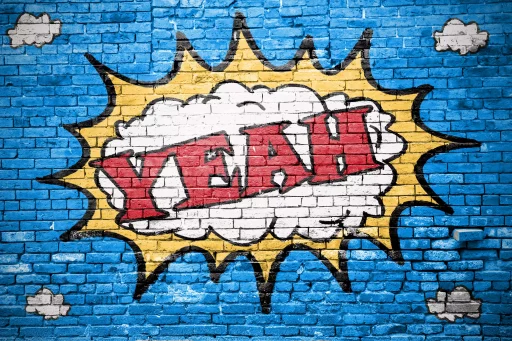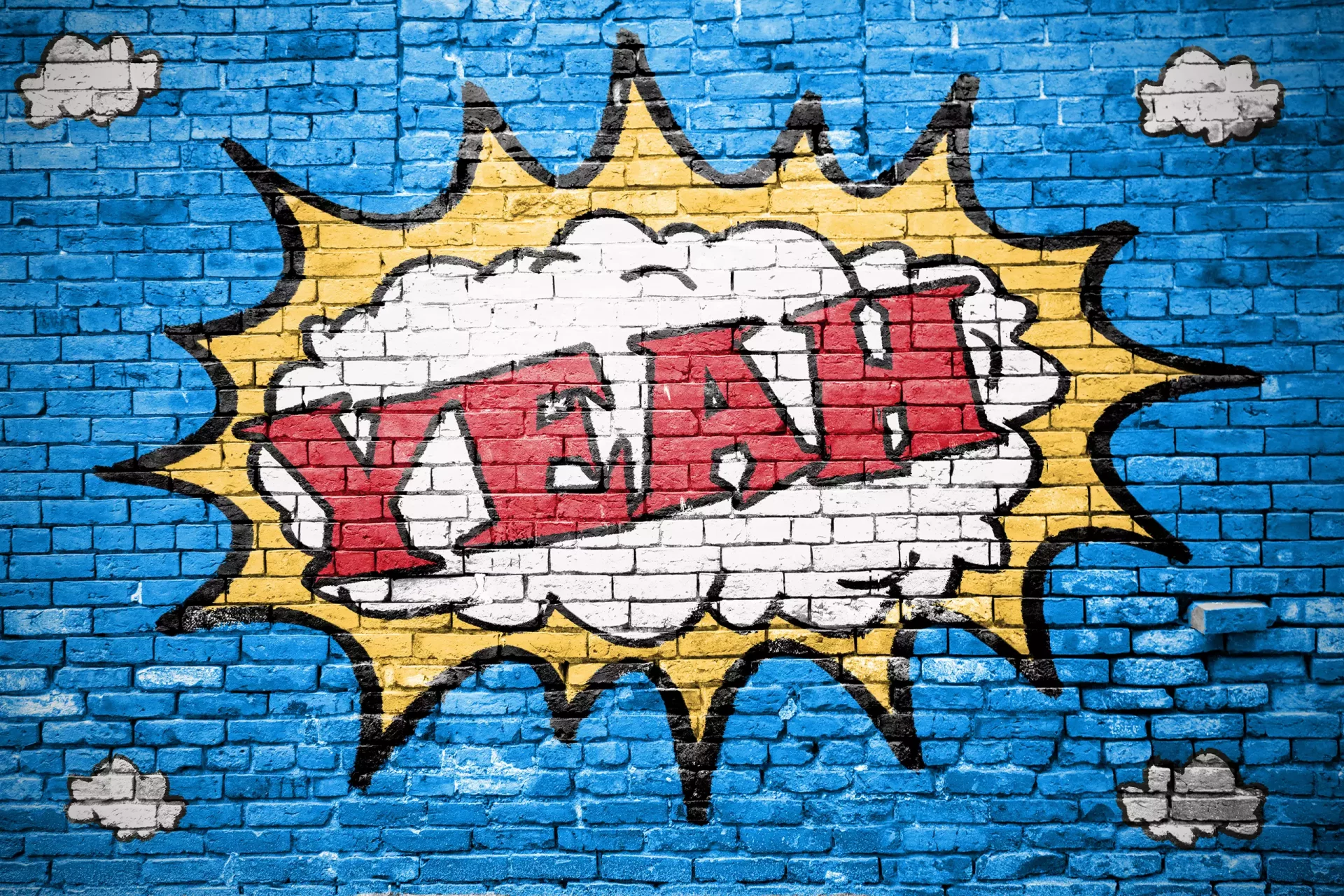Introduction
Urban Dictionary, a crowdsourced online dictionary that defines slang and colloquial expressions, has become an essential resource for understanding contemporary language. However, as a platform that relies on user submissions, it faces significant challenges, particularly in the accuracy and appropriateness of its definitions. This article explores the need for corrections in Urban Dictionary, highlighting examples, case studies, and how these inaccuracies can shape language and culture.
Understanding the Urban Dictionary Phenomenon
Founded in 1999 by Aaron Peckham, Urban Dictionary started as a straightforward means to define slang terms. Unlike traditional dictionaries, which undergo rigorous editorial processes, Urban Dictionary allows users to submit definitions freely. While this feature fuels creativity and evolution in language, it can also lead to misleading or offensive entries.
Examples of Misleading Definitions
- Example 1: “Karen” – A term used to describe entitled or demanding women. However, many definitions apply it broadly and can perpetuate harmful stereotypes.
- Example 2: “Gamer Girl” – While many definitions celebrate female gamers, others reduce them to sexual objects within gaming culture, reflecting bias and sexism.
- Example 3: “Woke” – This term originally meant being aware of social injustices, but it has been distorted in various definitions, losing its original meaning and often being used derogatorily.
The Impact of Inaccurate Definitions
Incorrect information disseminated through Urban Dictionary can have far-reaching implications. Language shapes perception, and when inaccurate definitions gain traction, they can influence social attitudes and behaviors.
For example, the evolution of the term “bromance” has spurred discussions about male friendship. Still, some definitions trivialize or sexualize male companionship, which can contribute to stigma around male emotional vulnerability.
Case Studies: Language and Social Change
One compelling case study involves the term “queer.” Initially a pejorative term, the LGBTQ+ community has reclaimed it, using it to foster pride. However, Urban Dictionary’s various entries show both sides of this evolution, with some still clinging to the derogatory aspect, thus undermining the ongoing fight for acceptance.
Another case study is evident in the term “gaslighting.” While it originated in psychological theory, many Urban Dictionary entries oversimplify the term, failing to convey its seriousness and potentially trivializing what can be a form of emotional abuse.
Statistics and User Engagement
The volume of user submissions to Urban Dictionary is staggering. As of 2023, there are over 12 million definitions. A survey conducted among Urban Dictionary users revealed that:
- 54% of users found definitions to be misleading at least once.
- 67% felt that definitions sometimes reflect negativity or stereotypes.
- 73% expressed interest in a more moderated platform for slang definitions.
The Need for Corrections and Moderation
Urban Dictionary’s unfiltered nature has led to a call for moderation and accuracy verification. Implementing a peer-review process could enhance the quality of entries. Some users propose features such as:
- Flagging inappropriate definitions for review
- Comprehensive user guidelines to deter harmful submissions
- Collaboration with language experts to endorse accurate definitions
Conclusion
Urban Dictionary plays a crucial role in documenting the evolution of contemporary language. However, the need for corrections is evident, as inaccuracies can perpetuate stereotypes and misinform users. By fostering a culture of responsibility and encouraging moderation, Urban Dictionary can better serve as a resource for understanding and appreciating the rich tapestry of modern slang.
Final Thoughts
While Urban Dictionary may always be a reflection of its user base, it can become a more reliable tool for language interpretation with the right adjustments. Encouraging honesty and accountability in submissions can lead to a more accurate depiction of language and its complexities.


